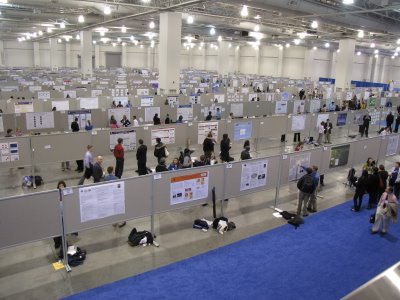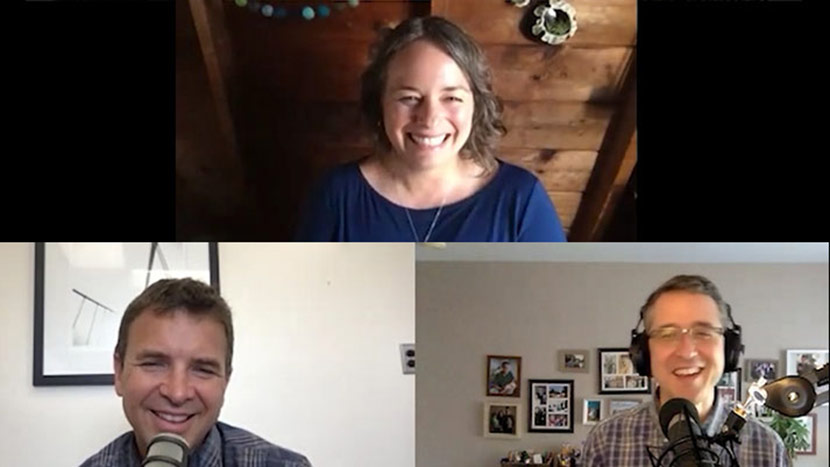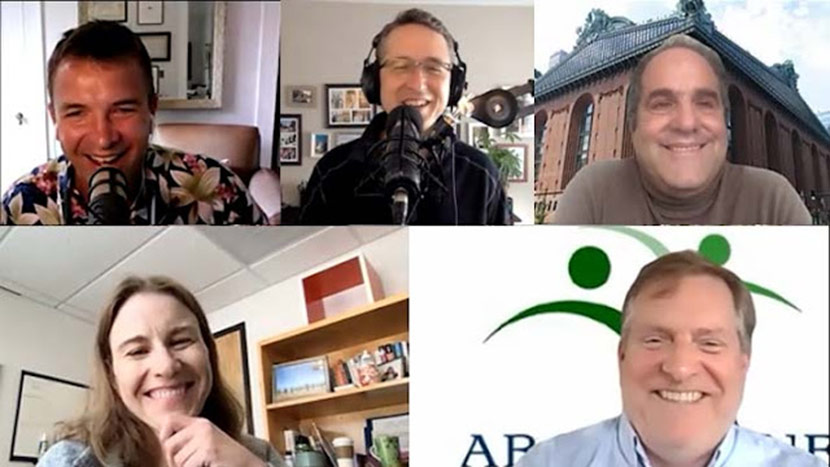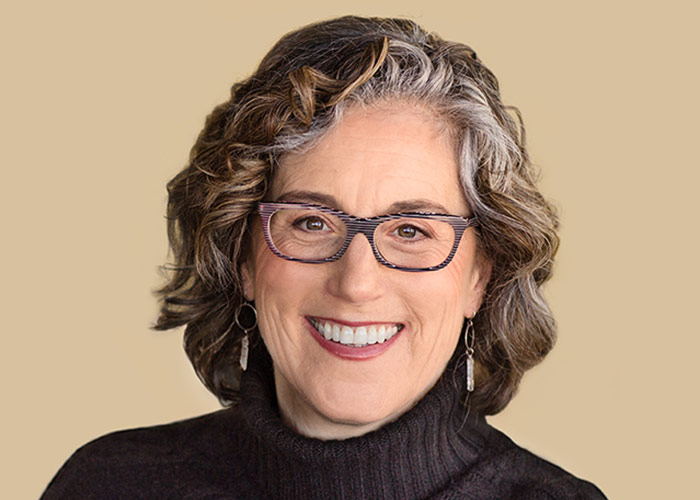
The poster session is a ubiquitous part of most medical and scientific meetings. The format is pretty much always the same. The presenter prepares a large poster describing their research project and findings, tacks it to a board, stands by the board, and waits for meeting participants to come by and talk to them about their work.
It’s kind of an open secret that the typical poster session at most meetings is not useful for either the presenter or the attendees. For many of the attendees, the poster session ends up being more of a social gathering than a scientific session. There can be dozens (sometimes hundreds) of posters to see. The posters one visits may be guided more by which friends are presenting than trying to learn anything new. For the presenter, the randomness of the event means that only seldomly does one get good feedback on your work.
Poster sessions can be painful for junior researchers early in their career who may not know many people attending the meeting. It can really feel uncomfortable standing alone, watching everyone walk by your poster, hoping that someone will take an interest in you and your work.
How odd that a process that works so poorly has become a standard and largely unquestioned part of the scientific community. One would think this would be an area in which there would be experimentation and efforts at innovation.
Well, it turns out that there are people innovating and thinking of ways to add new life to the usually stale poster session! I observed a novel and innovative approach during the National Palliative Care Research Center(NPCRC) Scientific Retreat. It works like this:
- The audience is assigned to small groups of about 10 participants each
- Over the course of the poster session, each group will rotate through about 5-6 posters, spending about 15 minutes at each poster
- When the group arrives at the poster, the presenter spends about 5 minutes summarizing their research with a brief presentation of the research question, scientific approach, and results
- The group then spends about 10 minutes asking the poster presenter questions about their research, and providing constructive suggestions
What this means for an audience member is that you will spend your time thinking critically and interacting meaningfully with a small number of scientists, instead of spending your time wandering aimlessly through the meeting hall.
What this means for the poster presenter is that you will have the opportunity to get better known and present your work to a significant number of scientific colleagues. Instead of hoping someone shows up at your poster, you know you will get meaningful feedback and advice. The dynamic of a small group also means that you will learn from colleagues who are thinking together about your research question.
It is time for the scientific and medical community to acknowledge that the poster session, one of the mainstays of the typical scientific meeting, is largely a failed forum. It is time for experimentation and innovation. The NPCRC approach provides a model for scientific communities that wish to turn their poster sessions into forums for meaningful collegeal interaction.
by: Ken Covinsky



